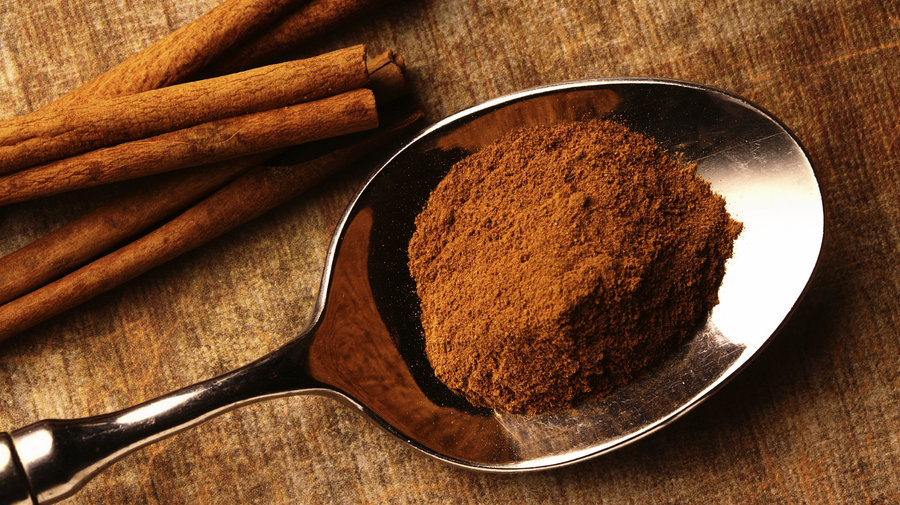CEYLON CINNAMON
Cinnamon is one of mankind’s oldest and most venerated spices, contributing sweetness, savor, and spice to food and drink for millennia. Unlike nutmeg, which is derived from seeds, or ginger, which is a root, cinnamon is produced by harvesting and drying the bark of Cinnamomum trees. The final product are savory brown strips of bark (perfect for stirring apple cider!), which are often pulverized to make the ground cinnamon common to our pantries and spice racks.
As with many of Jahmu PBC’s principle ingredients, cinnamon has evolved from its status as a rare trade commodity worth many times its weight in gold to an everyday ingredient. Once, cinnamon was a gift fit for kings and gods; in Greek legend the mythical phoenix built its nest from cinnamon bark. As with so many other once-rare spices, globalization ensured that cinnamon eventually spread to every corner of the world. Today, more than 30,000 tons of cinnamon are produced each year (primarily in Indonesia and China).

Not all cinnamon is created equal, however. There is a subtype of cinnamon called ceylon cinnamon (also Cinnamomum Verum, or “true cinnamon”) that is primarily produced in Sri Lanka and makes up roughly ⅓ of the world’s annual supply. This makes ceylon about five times more expensive and far less commonplace than standard (or “cassia”) cinnamon.
Despite the added cost, Jahmu PBC exclusively uses ceylon cinnamon in its recipes, and for good reason; cassia cinnamon is known to contain coumarin, a toxin banned in the EU because it can cause liver damage if consumed in high quantities. While one would have to eat a lot of cinnamon for liver damage to occur, going with ceylon was a no-brainer for us given that Jahmu is intended as a daily elixir. Ceylon cinnamon not only lacks coumarin; it also contains more eugenol (cinnamon’s essential oil) than its counterpart- this chemical is believed to have positive antimicrobial and fungicidal benefits. There are other pertinent differences between ceylon and cassia cinnamon: cassia has a much stronger, more pungent taste profile, while ceylon’s taste is lighter, with notes of sweetness and citrus.
Although cinnamon is classically used in a variety of international cuisines, recent studies have shown that regular cinnamon consumption may be effective in regulating blood glucose levels and cholesterol, both very important factors in controlling type 2 diabetes. Pair this with ceylon cinnamon’s antioxidant and fungicidal properties and cinnamon ends up as a key player in the suite of holistic spices that make up our Jahmu recipes.
http://www.ncbi.nlm.nih.gov/pubmed/26475130 (cinnamon’s glycaemic effects)

